Thames & Hudson
Photography - The Whole Story
15 August 2013
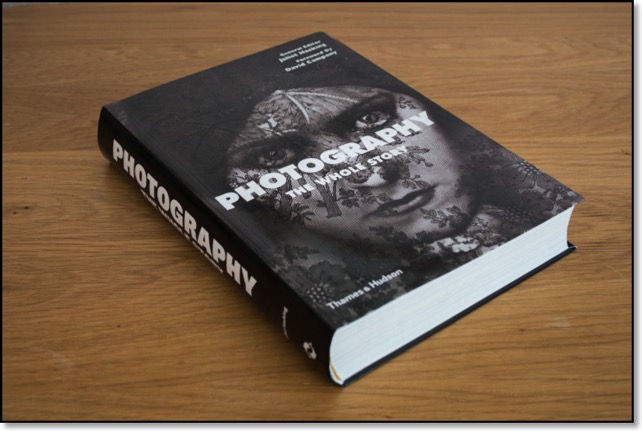 A book I added to my library recently was Photography - The Whole Story. Published by Thames and Hudson, and edited by Juliet Hacking, it’s a book which chronicles the history of photography and does so in a very engaging way.
A book I added to my library recently was Photography - The Whole Story. Published by Thames and Hudson, and edited by Juliet Hacking, it’s a book which chronicles the history of photography and does so in a very engaging way.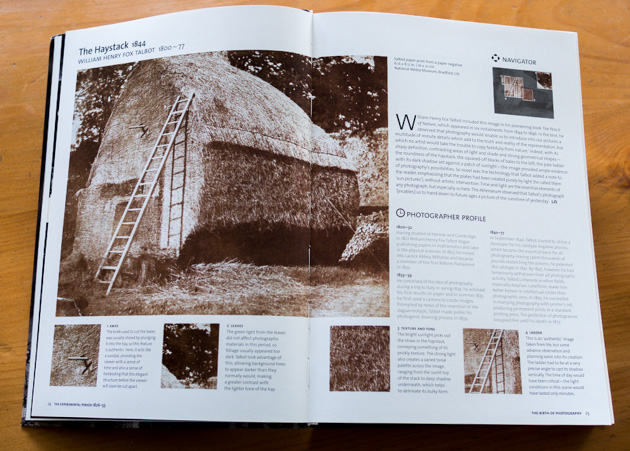 It provides a framework to explore and put in context, the many and varied approaches to the medium since it's formal introduction in the 1839.
It provides a framework to explore and put in context, the many and varied approaches to the medium since it's formal introduction in the 1839.
This is a lively and ambitious book. There are five major chapters each containing in-depth essays that cover many different photographic genre,from portrait to street photography, fashion, war, conceptual, still life, landscape and on and on. This is not just a book of words however but a book of images. It’s a large volume with 575 pages and over 1,000 illustrations. The works and ideas of key photographers are examined to show what motivated them, what were their influences and what they hoped to achieve.
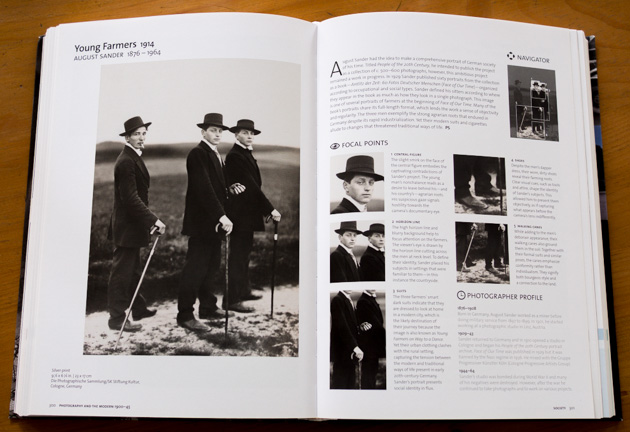 Detailed timelines give a cultural and historical context. Key works are reproduced that exemplify the characteristics of the period or style in question.
Detailed timelines give a cultural and historical context. Key works are reproduced that exemplify the characteristics of the period or style in question. Printed large on a page, each is treated to a ‘Navigator’ feature:- thumbnail sections of the photo are shown on a second page with detailed captions. This can be very helpful to explore and appreciate the concerns of the photographer.
Printed large on a page, each is treated to a ‘Navigator’ feature:- thumbnail sections of the photo are shown on a second page with detailed captions. This can be very helpful to explore and appreciate the concerns of the photographer.
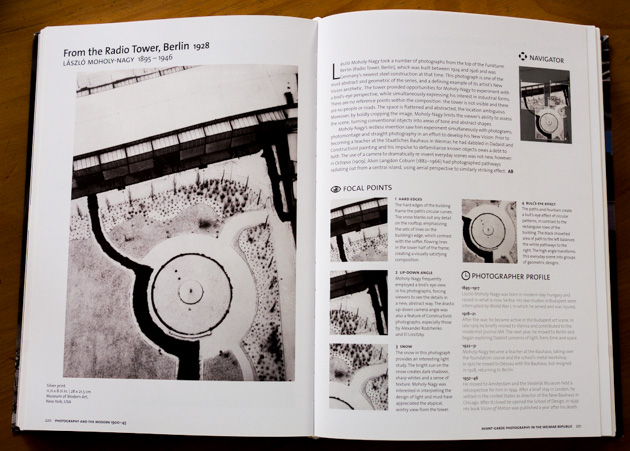

The photographs are well reproduced on good paper stock and the book has excellent binding. It comes in a soft cover which helps with weight and handles well.
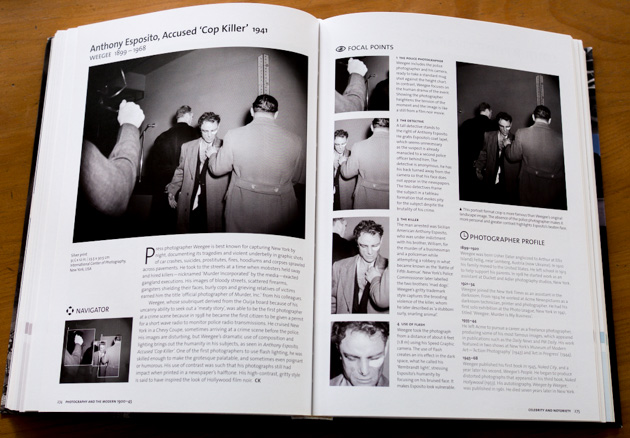
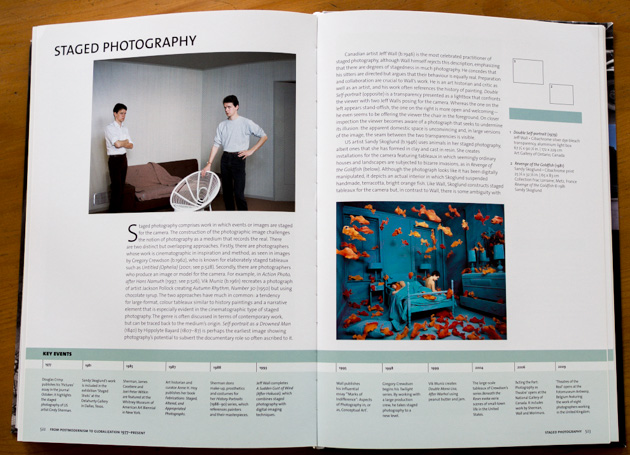
For anyone seriously interested in photography as an expressive medium this book gives a invaluable insight into it’s development in an easy going way and can act as a signpost to further study. It also is very reasonably priced. Highly recommended.
PHOTOBOX
12 May 2013
 Photobox is one of my favourite photography anthologies in recent years. Published in 2009 by Thames & Hudson, its a guide to 200 of the world's most outstanding photographers and their work. A list of the photographers included can be seen here
Photobox is one of my favourite photography anthologies in recent years. Published in 2009 by Thames & Hudson, its a guide to 200 of the world's most outstanding photographers and their work. A list of the photographers included can be seen here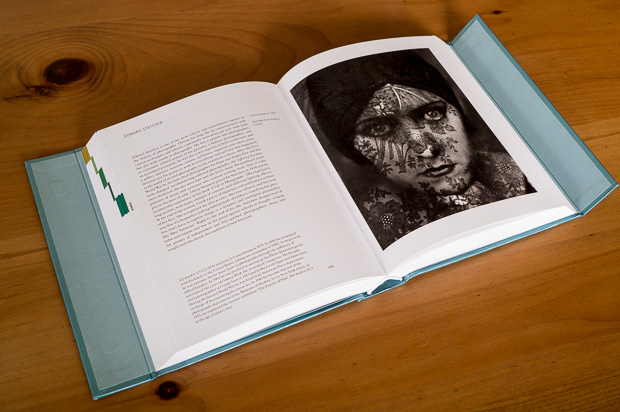
It is divided into into 12 categories:- Reportage, War, Portraits, Nudes, Women, Tavel, Cities, Art, Fashion, Still Life, Sport, and Nature. Each spread shows an example of the work on the right and a brief summary and biography on the left. Although this is concise, it is, never the less, rich in content.
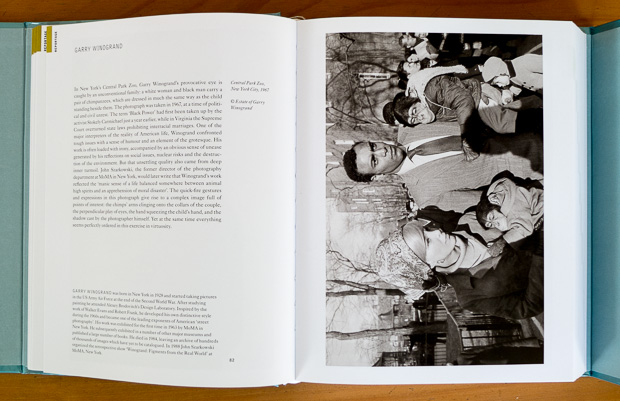
As you can see, photos in a landscape aspect are turned to maximise their reproduction size, but it means rotating the book away from the text to view the image. In practise, for me, this works surprisingly well as it allows concentration on the work without easily darting back to the text.
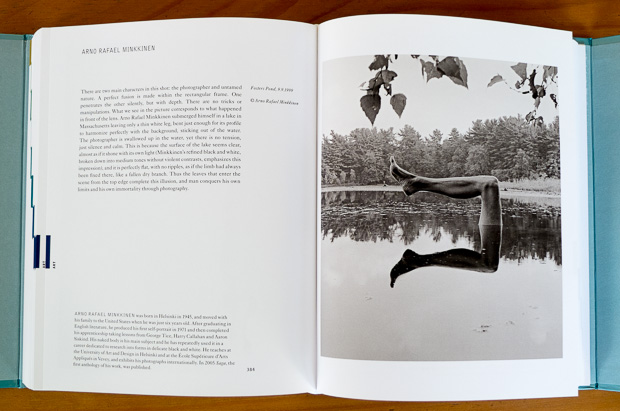
Books like this can act as a springboard for exploration and inspiration into areas of photography one may not be familiar with. Very good reproductions, a vital ingredient in book of this nature, and at a reasonable price of around €25, Photobox’s compact size make this an approachable survey for photographers of all ages.
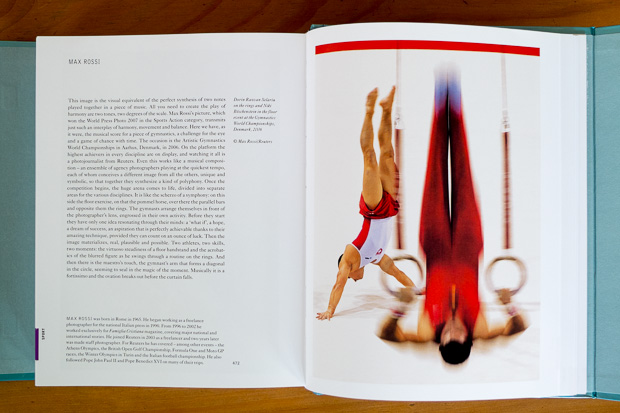

Masterclass -Arnold Newmann
12 March 2013
It is good to see a new monograph being published of the work of the great photographer Arnold Newman. He was one of the most productive, creative and successful portrait photographers of the 20th century. I first came across his work about 35 years ago and it made a big impact on me at that time. This new book titled Masterclass by William A. Ewing is a selection of over 200 photographs from Newman's archive. It is the first to be published since his death in 2006. A good insight, by the author into this collection, which is the basis of touring exhibition can be seen here.
I also have in my collection the book published by Taschen, mine from 2000, but it has been updated since. Comparing both there is some overlap of material but not as much as you would think. One has only to look at the covers. My Tachen copy has Woody Allen on the cover. That photo is not even included in the Thames and Hudson book. But equally the Masterclass cover of Robert Doisneau is not in the Taschen book!
These are carefully structured highly controlled portraits. Spontaneity is not a feature of his work. As Newman himself has said, "For me, I am interested in what motivates individuals, what they do with their lives, their personalities, and how I perceive and interpret them. But of equal importance, or of perhaps even greater importance is that, even if the person is not known or already forgotten, the photograph itself should still be of interest or even excite the viewer. That is what my life and work is all about."
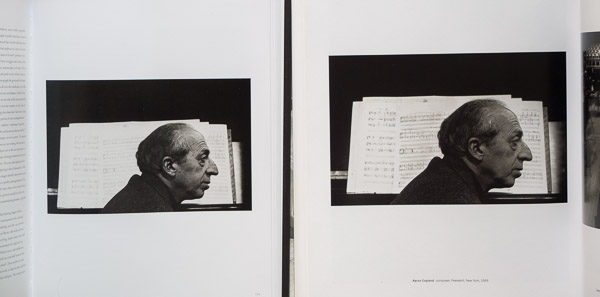
I'm really happy to have both books as they compliment each other. Apart from the excellent essays which gives good insight into Newman’s life and work, there are also short biographies of the people, mostly artists, whose portraits feature in the book. But if I was to have to choose only one I would go for the Taschen. In scale it is larger but more importantly I prefer the reproductions, which have in general a lower contrast then Masterclass, with better mid tone and highlight detail. Some may prefer the slightly higher contrast, cooler blacks and perceived sharper detail of Masterclass. To me the Taschen reproductions have a greater 'stillness' quality about them and serves the portraiture style better. In either case look, learn and enjoy from a master.
Arnold Newman Foundation website
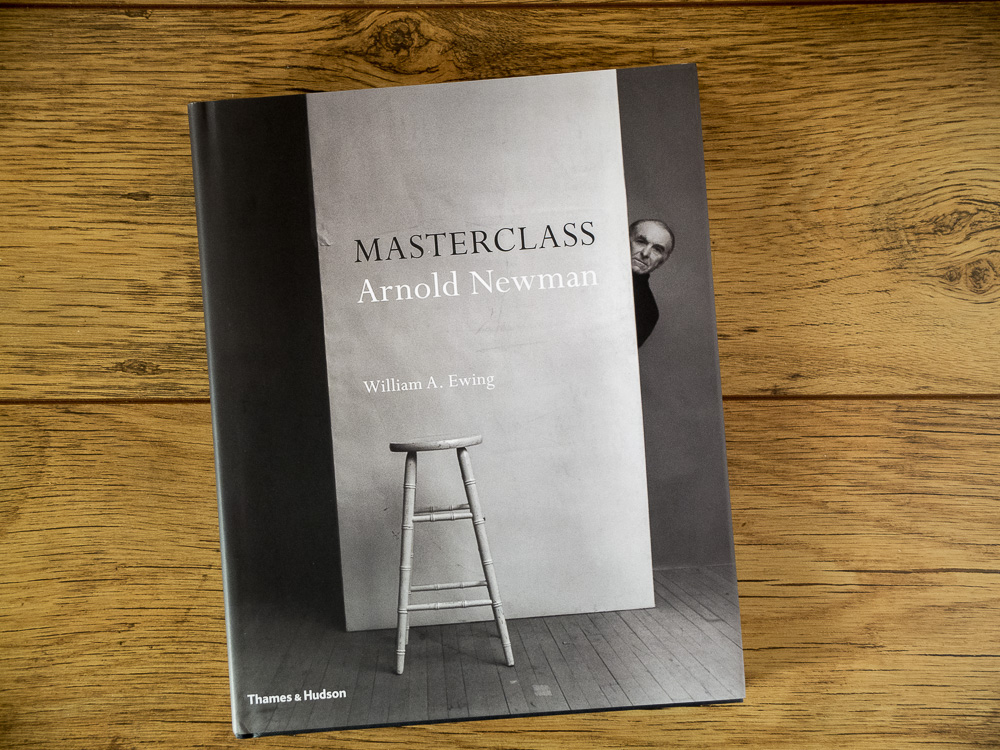
The Suffering of Light -Alex Webb
25 March 2013
The suffering of light is a comprehensive monograph on the career of Magnum photographer Alex Webb. It covers a thirty year period 1979 to 2009. Featuring work from previous bodies of work including, Dislocations, Crossings, and Istanbul, It also features work not previously published. The book is arranged chronologically beginning in Graneda in 1979 and finishing in Pennsylvania in 2010.
From a photographic style point of view there is no real change during this period. His visual vocabulary in place from the start, allows him time to absorb, experience and organise the many complex elements within the frame. For Webb's images are visually complex, layered, highly structured, energetic and at the same time cohesive. They are joy to behold! They show a mastery of timing, gesture, light, colour, and composition. He uses the entire area of the frame, all in the classic 35mm landscape format.
As street photography goes, this is as good as it gets. Worthy successor to Henri Cartier-Bresson, he has the same innate sensitivity for geometry and timing, while adding colour to the mix. This indeed is inspirational work and if one has an interest in documentary street photography, you owe it to yourself to buy this book so you can absorb and enjoy it over time, for these images are not to be rushed.
The book is large 31 x 34 cm. Printed on good paper with nice rich colour. Layout design (see photos) is not fussy, presenting the images with a simply elegance.


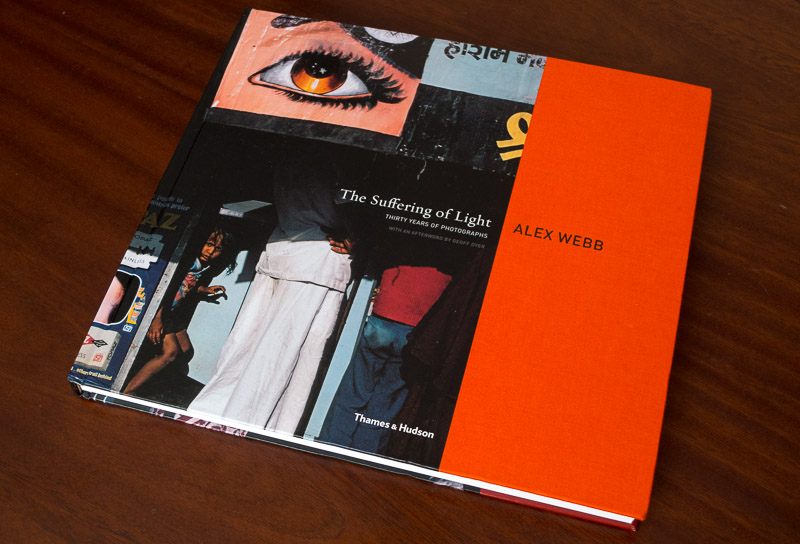
Book contents can be seen here on Alex Webb website.
Hear Alex Webb talk about his work
Alex Webb: The Suffering of Light from Aperture Foundation on Vimeo.
